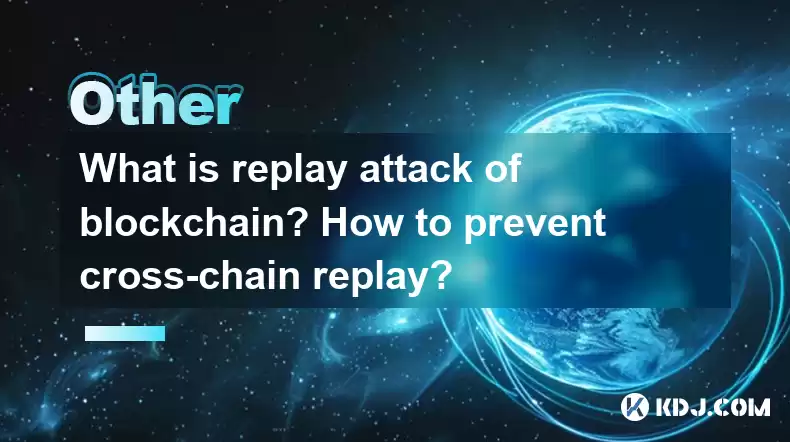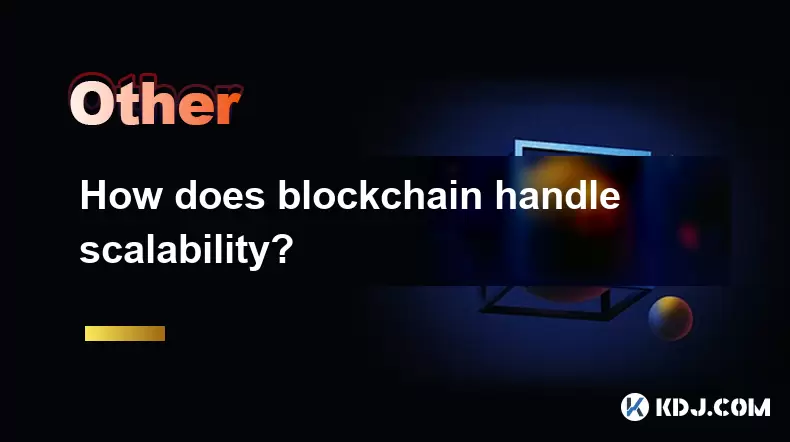-
 Bitcoin
Bitcoin $113900
-1.39% -
 Ethereum
Ethereum $3517
-4.15% -
 XRP
XRP $3.009
1.59% -
 Tether USDt
Tether USDt $0.9997
-0.04% -
 BNB
BNB $766.8
-1.41% -
 Solana
Solana $164.6
-2.38% -
 USDC
USDC $0.9998
-0.02% -
 TRON
TRON $0.3277
0.65% -
 Dogecoin
Dogecoin $0.2023
-1.67% -
 Cardano
Cardano $0.7246
0.05% -
 Hyperliquid
Hyperliquid $38.27
-4.77% -
 Sui
Sui $3.528
-0.52% -
 Stellar
Stellar $0.3890
-0.73% -
 Chainlink
Chainlink $16.16
-2.69% -
 Bitcoin Cash
Bitcoin Cash $539.9
-4.38% -
 Hedera
Hedera $0.2425
-2.00% -
 Avalanche
Avalanche $21.71
-0.97% -
 Toncoin
Toncoin $3.662
5.73% -
 Ethena USDe
Ethena USDe $1.000
-0.02% -
 UNUS SED LEO
UNUS SED LEO $8.964
0.35% -
 Litecoin
Litecoin $107.7
2.33% -
 Shiba Inu
Shiba Inu $0.00001223
-0.40% -
 Polkadot
Polkadot $3.617
-0.97% -
 Uniswap
Uniswap $9.052
-2.49% -
 Monero
Monero $295.1
-3.79% -
 Dai
Dai $0.9999
0.00% -
 Bitget Token
Bitget Token $4.315
-1.85% -
 Pepe
Pepe $0.00001060
0.11% -
 Cronos
Cronos $0.1342
-2.72% -
 Aave
Aave $256.0
-0.87%
What is replay attack of blockchain? How to prevent cross-chain replay?
Replay attacks in blockchain involve resending valid transactions, often during hard forks or cross-chain transactions, leading to issues like double spending.
Apr 28, 2025 at 06:00 am

What is a Replay Attack in Blockchain?
A replay attack in the context of blockchain technology refers to an attack where a valid data transmission, such as a transaction, is maliciously or fraudulently repeated or delayed. In blockchain systems, this can occur when a transaction from one blockchain is reused on another blockchain or within the same blockchain, leading to unintended consequences such as unauthorized double spending.
How Replay Attacks Happen in Blockchain
Replay attacks can happen in various scenarios within the blockchain ecosystem. One common scenario is during a hard fork, where a blockchain splits into two separate chains. If the transactions on the original chain can be replayed on the new chain without any modifications, attackers can exploit this to their advantage. Another scenario involves cross-chain transactions, where transactions meant for one blockchain are replayed on another, causing issues like double spending.
The Mechanism of Replay Attacks
The mechanism of a replay attack involves capturing and resending a valid transaction. Here's how it typically works:
- Capture: An attacker intercepts a legitimate transaction from the blockchain network.
- Replay: The attacker retransmits the captured transaction to the network, either on the same blockchain or a different one.
- Effect: If the blockchain does not have mechanisms to prevent such attacks, the transaction is processed again, resulting in unintended effects like double spending or unauthorized access.
Preventing Replay Attacks Within the Same Blockchain
To prevent replay attacks within the same blockchain, several strategies can be employed:
- Unique Transaction IDs: Each transaction can be assigned a unique identifier that is checked by the network to ensure it is not a duplicate.
- Sequence Numbers: Transactions can be assigned sequence numbers that must be processed in order, preventing older transactions from being replayed.
- Timestamps: Incorporating timestamps into transactions can help the network reject transactions that are too old to be valid.
Preventing Cross-Chain Replay Attacks
Cross-chain replay attacks occur when transactions from one blockchain are replayed on another. Here are some effective methods to prevent such attacks:
- Chain ID Inclusion: Including a unique chain identifier in transactions ensures that they are only valid on the intended blockchain.
- Signature Schemes: Using different signature schemes or keys for different blockchains can prevent transactions from being valid across chains.
- Replay Protection Mechanisms: Implementing specific mechanisms such as nonce (number used once) or transaction versioning can help distinguish between transactions meant for different chains.
Implementing Chain ID Inclusion for Cross-Chain Protection
To implement chain ID inclusion as a method of preventing cross-chain replay attacks, follow these steps:
- Identify the Chain ID: Determine a unique identifier for each blockchain involved in the transaction.
- Modify Transaction Structure: Include the chain ID in the transaction data structure. This can be done by adding a new field to the transaction format.
- Update Wallet Software: Modify the wallet software to include the chain ID when creating transactions.
- Network Consensus: Ensure that all nodes on the network are updated to recognize and validate transactions based on the chain ID.
- Test Transactions: Before deploying, test transactions to ensure that they are only valid on the intended blockchain and not replayable on others.
Using Signature Schemes for Cross-Chain Protection
To use different signature schemes for preventing cross-chain replay attacks, consider the following steps:
- Select Signature Schemes: Choose different cryptographic signature schemes for each blockchain involved.
- Key Management: Implement key management systems to handle different keys for each blockchain.
- Transaction Signing: Sign transactions with the appropriate key for the target blockchain.
- Verification Process: Update the verification process on each blockchain to check the signature scheme and keys used.
- Testing and Deployment: Test the new signature schemes thoroughly and deploy them across the network.
The Role of Nonce and Transaction Versioning
Using nonce and transaction versioning can also be effective in preventing replay attacks. Here's how to implement these methods:
- Nonce Implementation: Assign a unique nonce to each transaction. Ensure that the blockchain network checks and validates the nonce to prevent replay.
- Transaction Versioning: Introduce versioning to transactions. Each version should be unique to the blockchain, making it invalid on other chains.
- Network Updates: Update the network to recognize and enforce nonce and version checks on transactions.
- User Education: Educate users about the importance of these mechanisms and how they work to prevent replay attacks.
Frequently Asked Questions
Q: Can replay attacks be completely eliminated from blockchain systems?
A: While it is challenging to completely eliminate replay attacks, robust prevention mechanisms like chain ID inclusion, unique signature schemes, and nonce usage can significantly reduce their occurrence and impact.
Q: How do hard forks contribute to replay attacks?
A: Hard forks can lead to replay attacks because transactions valid on the original blockchain may be valid on the new forked chain as well. Without proper replay protection, these transactions can be maliciously replayed on both chains.
Q: Are there any tools or services that can help detect replay attacks?
A: Yes, several blockchain security services and tools offer features to detect and monitor for replay attacks. These tools analyze transaction patterns and blockchain data to identify potential replay attempts.
Q: How can users protect themselves from replay attacks on their personal transactions?
A: Users can protect themselves by using wallets and services that implement replay protection mechanisms, regularly updating their software, and being cautious during blockchain forks or when transacting across different blockchains.
Disclaimer:info@kdj.com
The information provided is not trading advice. kdj.com does not assume any responsibility for any investments made based on the information provided in this article. Cryptocurrencies are highly volatile and it is highly recommended that you invest with caution after thorough research!
If you believe that the content used on this website infringes your copyright, please contact us immediately (info@kdj.com) and we will delete it promptly.
- Bitcoin, XRP, and the Price Drop Blues: What's Shakin' in Crypto?
- 2025-08-03 00:30:12
- Bank of America, Ripple, and RLUSD: A New Era in Digital Finance?
- 2025-08-03 00:30:12
- Bitcoin Strategy: Saylor's Not Hoarding, He's Building an Empire
- 2025-08-02 22:30:12
- Bitcoin Bloodbath: Macro Pressures and Liquidations Unleash Crypto Chaos
- 2025-08-02 22:30:12
- Tron, Cold Wallets, and Crypto Trends: What's Hot in the Market?
- 2025-08-02 23:10:12
- Bitcoin's Wild Ride: Davinci, Investors, and the $500K Dream
- 2025-08-02 23:50:12
Related knowledge

What is the difference between on-chain and off-chain transactions?
Aug 02,2025 at 04:22pm
Understanding On-Chain TransactionsOn-chain transactions refer to digital asset transfers that are recorded directly on a blockchain ledger. These tra...

What is the double-spending problem and how does blockchain prevent it?
Aug 02,2025 at 01:07pm
Understanding the Double-Spending ProblemThe double-spending problem is a fundamental challenge in digital currency systems where the same digital tok...

What is the difference between a blockchain and a database?
Aug 01,2025 at 09:36pm
Understanding the Core Structure of a BlockchainA blockchain is a decentralized digital ledger that records data in a series of immutable blocks linke...

How does blockchain handle scalability?
Aug 02,2025 at 02:58pm
Understanding Blockchain Scalability ChallengesBlockchain scalability refers to a network's ability to handle an increasing volume of transactions wit...

What is a hash in a blockchain?
Aug 02,2025 at 05:28am
Understanding the Concept of Hash in BlockchainA hash in the context of blockchain technology refers to a unique digital fingerprint generated by a cr...

What is a hash in a blockchain?
Aug 02,2025 at 04:43am
Understanding the Concept of Hash in BlockchainA hash in the context of blockchain technology refers to a unique digital fingerprint generated by a cr...

What is the difference between on-chain and off-chain transactions?
Aug 02,2025 at 04:22pm
Understanding On-Chain TransactionsOn-chain transactions refer to digital asset transfers that are recorded directly on a blockchain ledger. These tra...

What is the double-spending problem and how does blockchain prevent it?
Aug 02,2025 at 01:07pm
Understanding the Double-Spending ProblemThe double-spending problem is a fundamental challenge in digital currency systems where the same digital tok...

What is the difference between a blockchain and a database?
Aug 01,2025 at 09:36pm
Understanding the Core Structure of a BlockchainA blockchain is a decentralized digital ledger that records data in a series of immutable blocks linke...

How does blockchain handle scalability?
Aug 02,2025 at 02:58pm
Understanding Blockchain Scalability ChallengesBlockchain scalability refers to a network's ability to handle an increasing volume of transactions wit...

What is a hash in a blockchain?
Aug 02,2025 at 05:28am
Understanding the Concept of Hash in BlockchainA hash in the context of blockchain technology refers to a unique digital fingerprint generated by a cr...

What is a hash in a blockchain?
Aug 02,2025 at 04:43am
Understanding the Concept of Hash in BlockchainA hash in the context of blockchain technology refers to a unique digital fingerprint generated by a cr...
See all articles

























































































